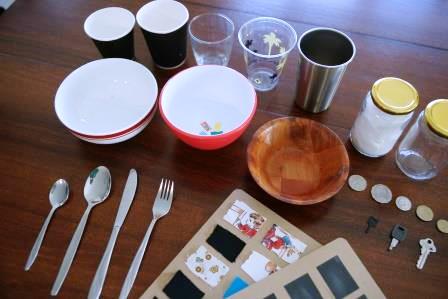Loss or alteration of sensation is common after stroke. More than half of all stroke survivors have impaired sensation of the arm or hand. Stroke survivors may have difficulty detecting temperature, touch, texture or may experience pins and needles, pain or other unusual sensations following stroke. This contributes to difficulties with everyday tasks.
Active sensory retraining involves manual exploration of different textures and objects with the hand and fingers and building awareness of joint position sense. An Occupational Therapist or Neurological Physiotherapist trained in Sensory Retraining After Stroke can provide tailored sensory rehabilitation based on a comprehensive assessment of sensation, movement control and observation of everyday tasks.
Sensory re-training can help improve sensory loss after stroke utilising the principles of neuroplasticity – how the brain rewires itself. Other treatments used together with sense training for the upper limb may include electrical muscle stimulation, mirror box, retraining of normal movement and task specific practice. For some stroke survivors, altered sensation may be experienced in conjunction with persistent pain or sensory overload. Other strategies including fatigue management, pacing, pain management and pain education may also be helpful.
Listen to this stroke foundation podcast about touch and sensation to hear first hand from a stroke survivor as well as a physiotherapist and OT about sensation and touch after stroke.
If you would like to learn more about sensory re-training get in touch 0416 492 491.

